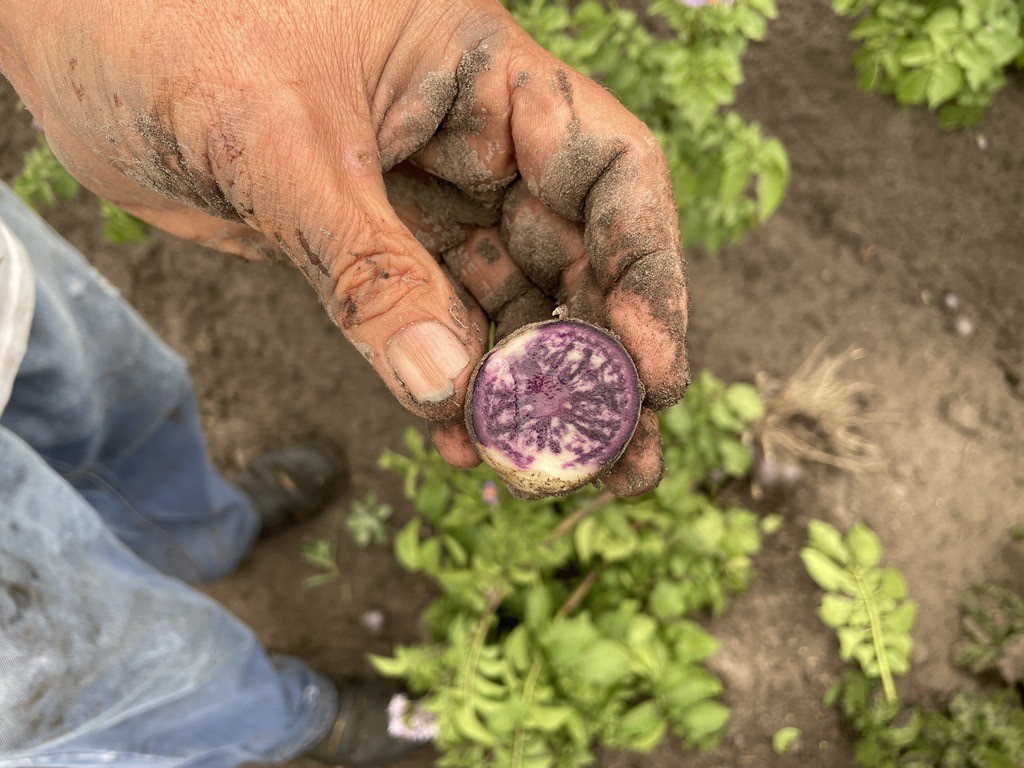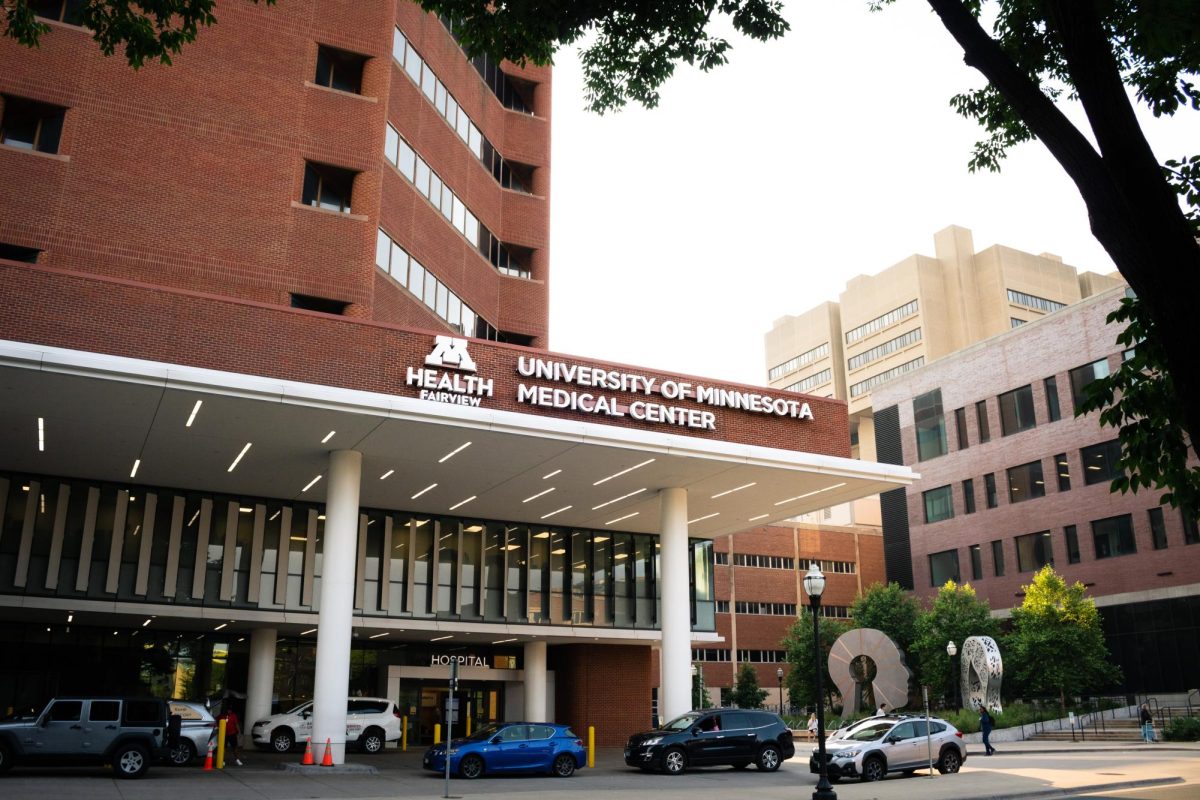Two University of Minnesota researchers will use part of a $16.5-million grant to lead the bio-industry in growing alternatives to traditional fossil fuels.
Professors Jason Hill and Tracy Twine are leading a study to evaluate the effect of biomass production on the Mississippi watershed. The end goal is to have sustainable bio-energy crops which can be used to make fuel at little cost to the tax-payer and the environment, Hill, a faculty member of the Department of Bioproducts and Biosystems Engineering, said.
Hill added that the results will be used to provide information and guidance for the growing bio-energy industry, especially when it comes to sustainability.
Twine, a soil, water and climate professor, said studying the watershed could provide real solutions to energy needs.
“Bio-energy has been an issue recently and a lot of people are concerned about our energy future,” she said.
Hill hopes the project will help aid the industry in the future.
“Since [alternative energies] have been mandated by Congress âĦ the industry is growing and looking at where to site these crops for next generation biofuel plants,” Hill said. “So the information we can provide will be really helpful to the industry.”
Researchers will study the complete life cycle of production and use of biomass crop for bio-energy, which made the project a standout to the Department of Energy, which is funding the grant, Hill said.
The researchers will use models to simulate planting bio-energy crops in many different places throughout the watershed.
“ItâÄôs a fairly broad thing that weâÄôre looking at,” Hill said. “The watershed is a huge area âÄî itâÄôs north of here, west of here and goes all the way down to the Gulf of Mexico âÄî where weâÄôre looking for ways to introduce biomass crops.”
Twine said the models will enable the researchers to implement a number of different scenarios and variables that biomass crops might experience in the real world. One example could be climate variability scenarios, which is not just about climate change.
“Our climate varies a lot year to year and we would be able to represent that,” Twine said. “So we could say this is how these crops will grow during a flood year.”
The models will also be able to provide information as to which biomass crops will grow best in different areas of the watershed.
“There might be locations where our models tell us that this might not be a good place because [a crop] might use too many water resources,”
Twine said.
Another important part of the project is evaluating the effects bio-energy growing in the watershed crops might have on the economy and the
environment.
By integrating data on bio-energy crop farming practices with data on what itâÄôs impact are on air, soil and water, researchers aim to find real solutions, “for the farmer, for the environment and the tax-payers,” Hill said.
The study is set to last for five years, which Twine said will give researchers the opportunity to study several specific bio-energy crops, as well as try out different planting techniques.
For example, Twine and Hill will study several types of grasses, including Miscanthus and Switchgrass due to their tendencies to produce a high yield.
As for planting techniques, Hill and Twine will look at the passivity of double-cropping, planting two crops in the same field in the same year, and intra-cropping, a way of growing bio-energy crops between rows of food crops, Twine said.
The only troublesome aspect that both Hill and Twine anticipate is the fact that using bio-energy crops for fuel is a relatively new idea.
“What we donâÄôt have are a lot of years of measurements,” Twine said, which would be a strength of using the models. On the other hand, she said, “The model is only as good as what you put in it.”
In addition to using models, collaborators will be taking measurements in the field and sending the data back to the University.
The University was one of three institutions to receive the grant, which was given out by the U.S. Department of Energy earlier this month.
The DOE will provide close to $700,000 for the UniversityâÄôs project, Twine said. Additionally, the College of Food, Agricultural and Natural Resource Sciences, as well as the Initiative for Renewable Energy and the Environment will provide matching funds, totaling close to $1 million.







